Exoplanets orbiting a star 133 light years away contain a far greater abundance of carbon than the star itself, according to the first direct spectral data of this kind captured by the James Webb Space Telescope (JWST). The discovery has implications for how these planets formed, suggesting they share a similar evolutionary history to Jupiter and Saturn.
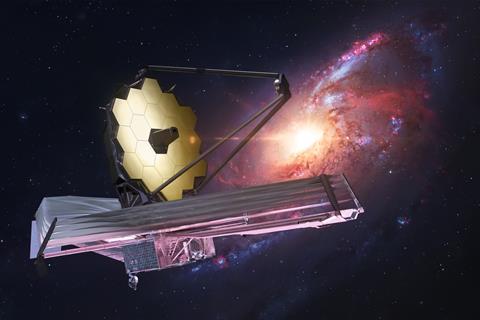
William Balmer, a PhD student at Johns Hopkins University in the US who led the study, describes the planets that orbit the star HR 8799 as an ‘excellent laboratory’ for studying gas giants. ‘It’s like a “super” solar system – four enormous gas giant planets, a big asteroid belt, a star about one-and-a-half times the mass of the sun and two times as bright,’ Balmer adds.
Before this data came to light, there were a few competing theories for how the five HR 8799 gas giants might have formed, one being the accumulation of clumps of hydrogen and helium from the host star gradually formed a planet. From this route, the resulting exoplanet would be expected to share roughly the same composition as its parent star. ‘The problem up until now is that we haven’t had the observational precision or an atmospheric model everyone can agree on that shows that these planets are not chemically equivalent to their host star,’ Balmer tells Chemistry World.
Previously, the chemical composition of these exoplanets was gleaned from ground-based spectroscopy of the planets, which is affected by the Earth’s atmosphere. Thanks to the technical capabilities of the JWST it was possible to obtain direct spectral data of the HR 8799 exoplanets at wavelengths between 4–5μm – where CO2 features are strongest – for the first time. ‘The mirror on the [JWST] telescope wobbles by less than the length of a typical cell,’ explains Balmer, who was nonetheless ‘super surprised’ at the stability of the data.
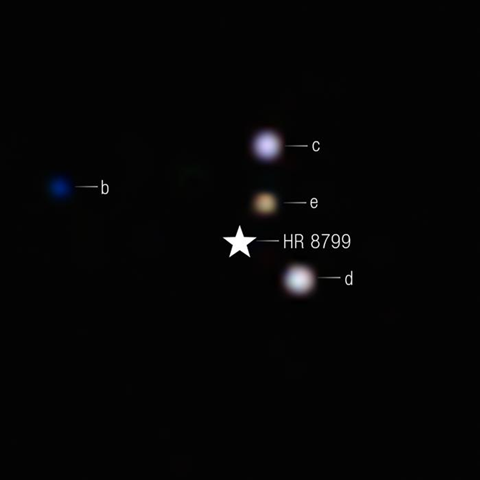
Analysis of this spectral data revealed these exoplanets have more than five times the carbon-to-hydrogen ratio of our own sun. The exact value for comparisons with HR 8799 is harder to call, since its composition is still debated but it is now largely considered to be, on average, comparable to the sun. As such, it seems most likely these exoplanets formed through the accretion of dust, into pebbles, planetesimals and ultimately planets, where thick atmospheres of hydrogen and helium then accrete under gravity – similar to Jupiter and Saturn. Balmer explains that the hot solid cores are then crushed by gravity so that they disperse, enriching the outer layers of the planet with elements heavier than hydrogen and helium, such as carbon.
Bertram Bitsch, an astrophysicist at the University College Cork in Ireland who wasn’t involved in this research, says that these observation of CO2 are ‘a fantastic way to constrain our simulations and understanding of planet formation, as they deliver a new constraint to our understanding: the chemical composition of planets, which only became recently available with new observations – like with the JWST’.
Nicholas Evert Nasedkin, a postdoctoral fellow at Trinity College Dublin in Ireland, whose previous work also suggested that the HR 8799 planets are highly enriched in elements heavier than hydrogen and helium, says that this work ‘really pushed the boundaries’ of what the JWST is capable of and shows it is possible to observe planets close to their host star. ‘The next step will be to obtain spectroscopy of these objects with JWST to characterise these atmospheres in detail in order to understand their composition and formation history,’ he adds.
References
WO Balmer et al, Astron. J., 2025, 169, 209 (DOI: 10.3847/1538-3881/adb1c6)



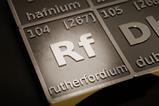

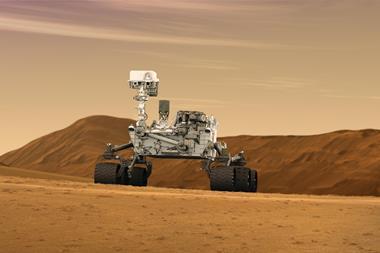

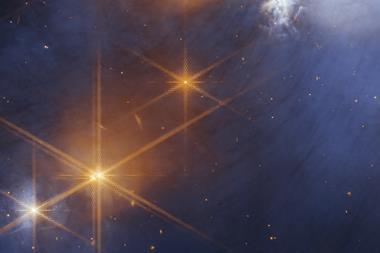
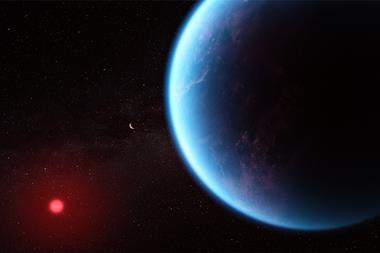
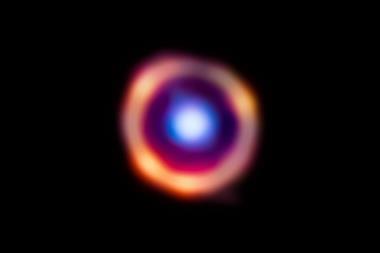
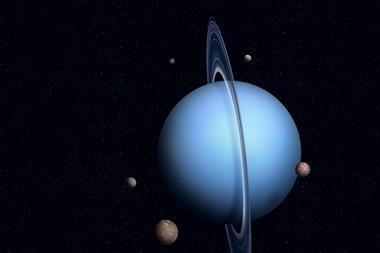

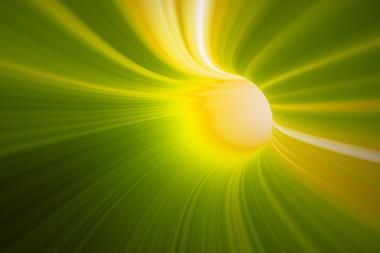


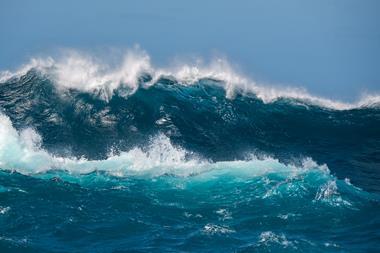

No comments yet